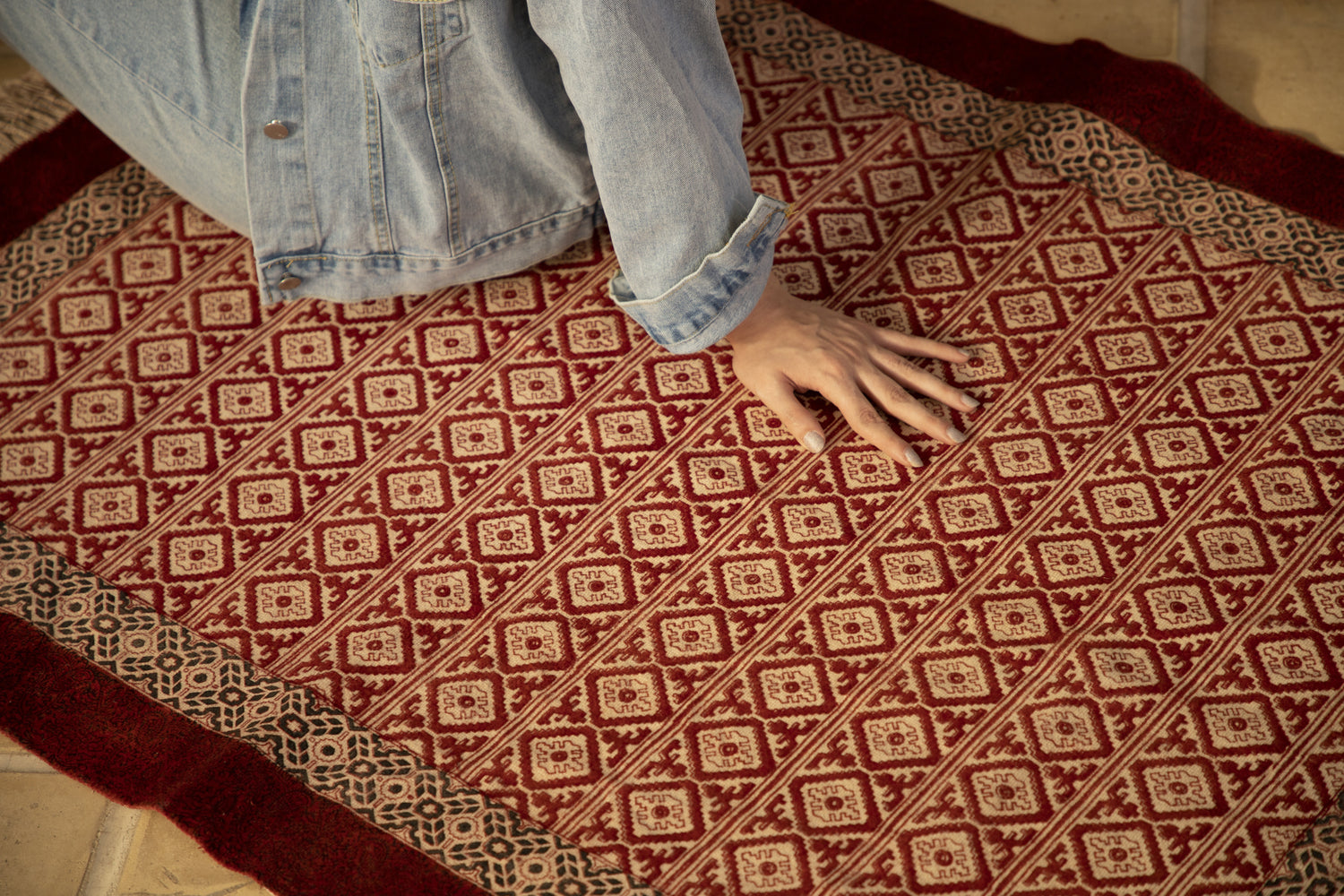
Where Every Detail Tells a Story
Delve into the classical techniques of Ghalamzani, Ghalamkari, Khatamkari, and beyond that characterize our bespoke creations.
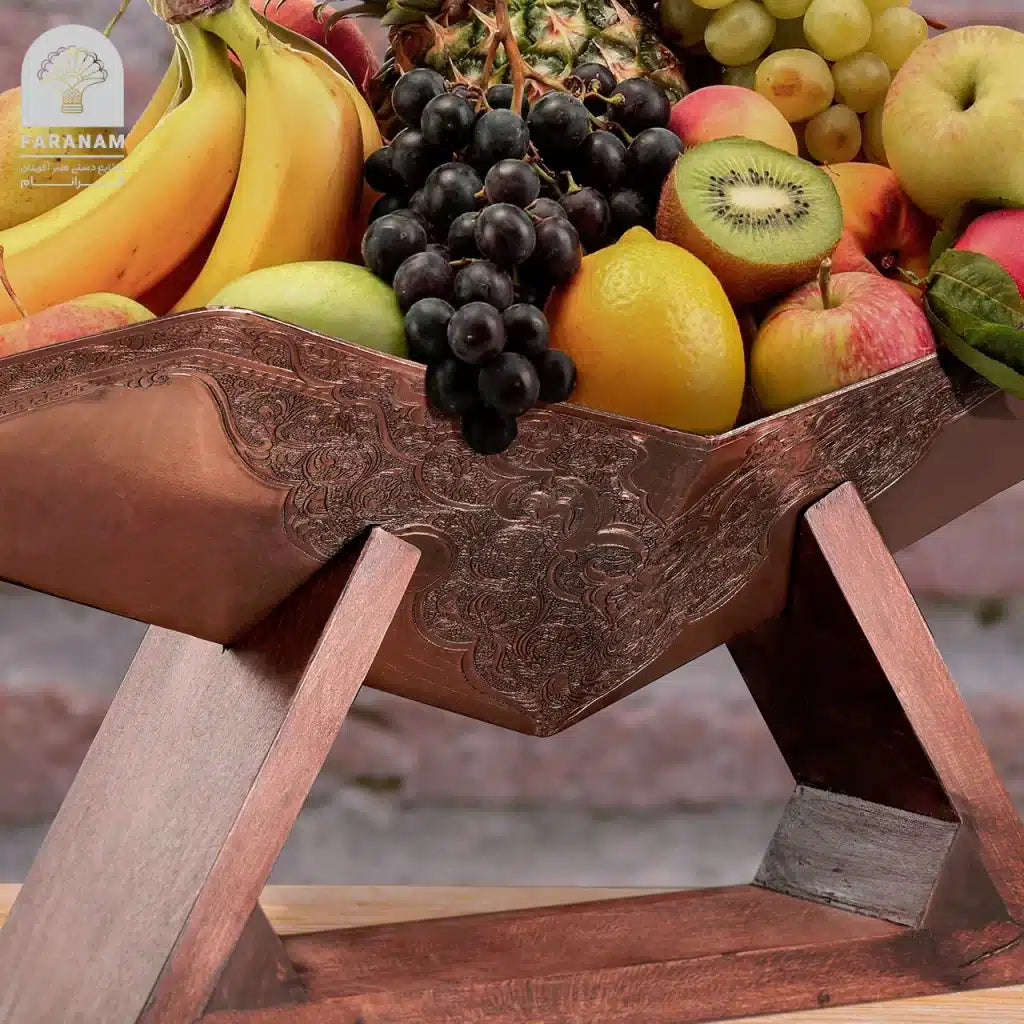
Ghalamzani
Metal Engraving
Using chisels and rhythmic hammer strokes, artisans carve arabesques, florals, and lattice into copper or brass. Our fruit bowls, candy bowls, and brass tableaus pair that heritage with protective finishes for easy care.
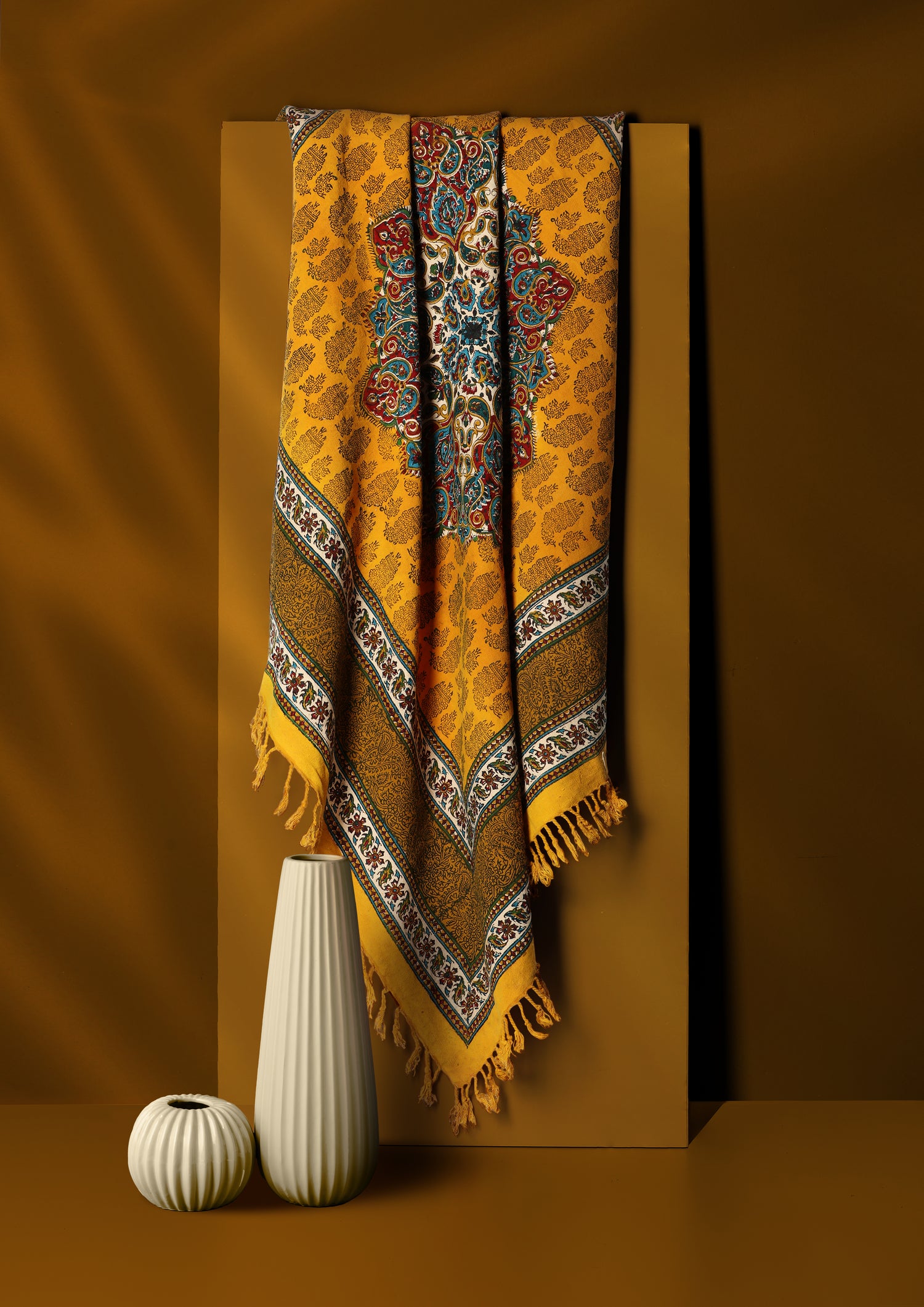
Ghalamkari
Block Printing
Hand-carved wooden blocks stamp patterns onto 100% cotton with colour-fast, eco-friendly dyes. Our ghalamkar tablecloths and runners are machine-washable (cold) and made in Esfahan.
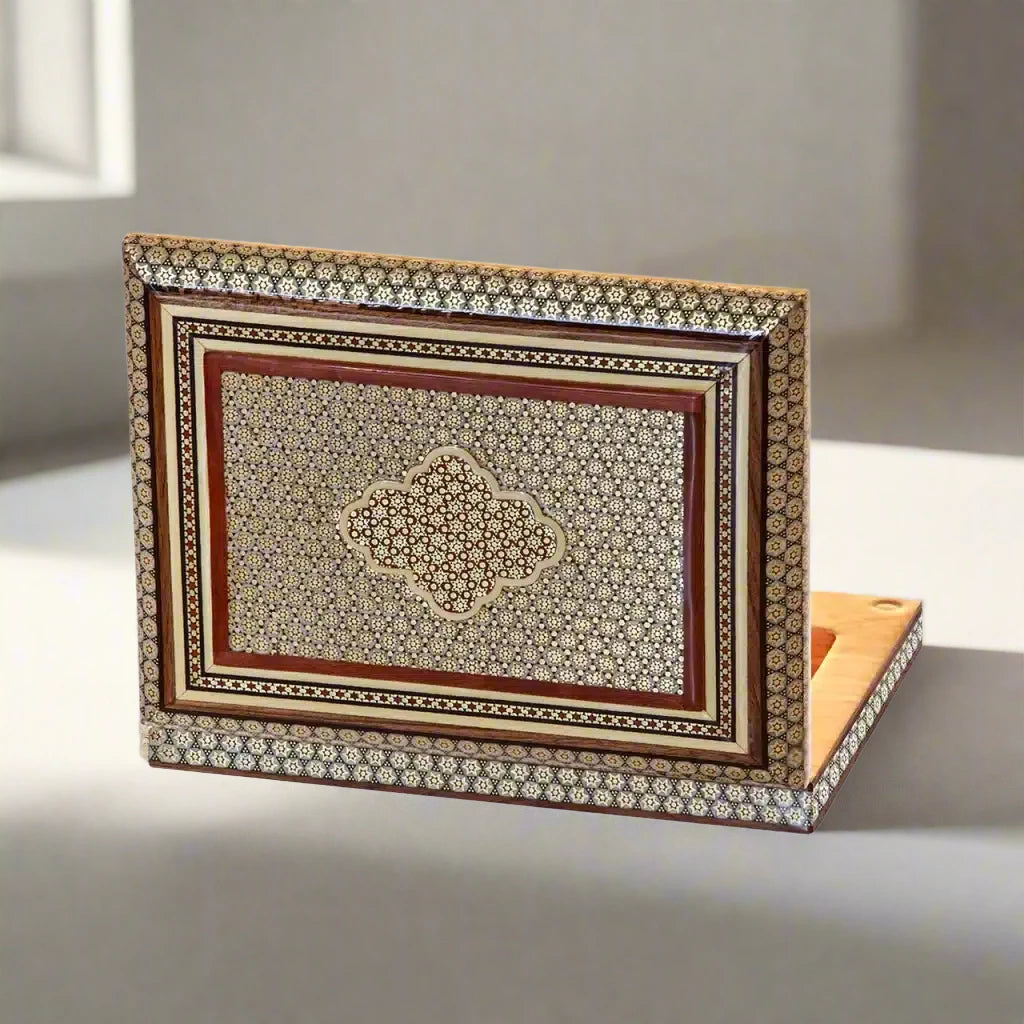
Khatamkari
Marquetry Inlay
Tiny pieces of wood, bone, and metal form star-and-polygon mosaics that are inlaid and polished on wood objects. We feature khatam details on our desk organizers and phone stands for museum-grade pattern with everyday function.
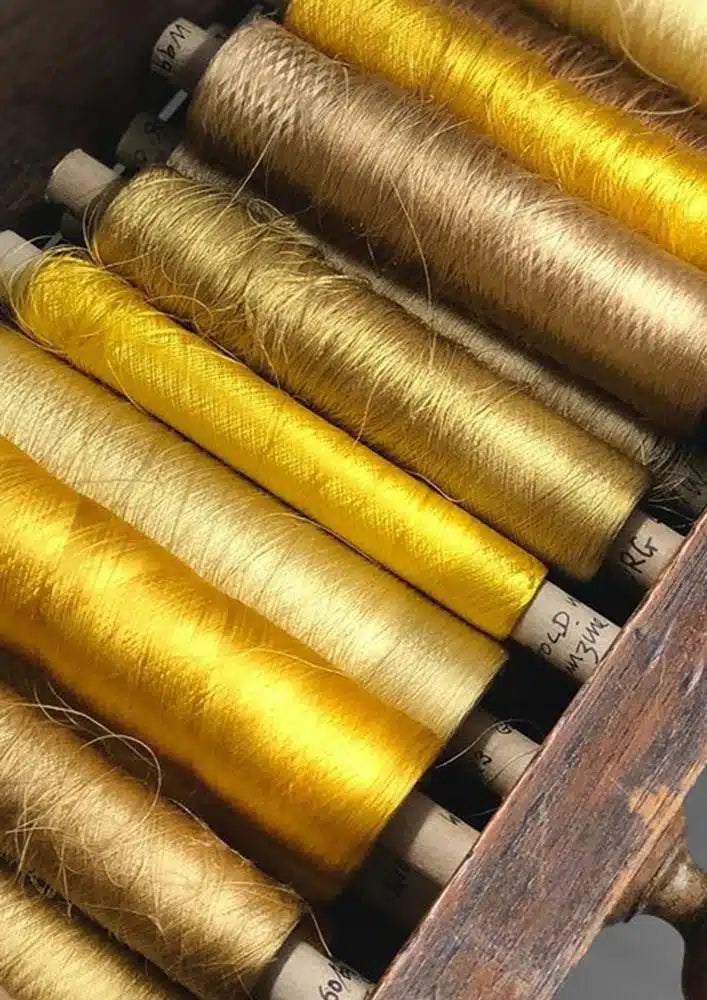
Zaribafi
Brocade Weaving
Zaribafi is the luxurious Persian art of brocade weaving using gold, silver, and silk threads to create shimmering ceremonial fabrics. This ancient craft originated during the Sassanid dynasty and reached artistic heights in Safavid-era Isfahan. Traditionally used for royal attire and sacred spaces, Zaribafi continues to express elegance, prestige, and the richness of Persian textile traditions.
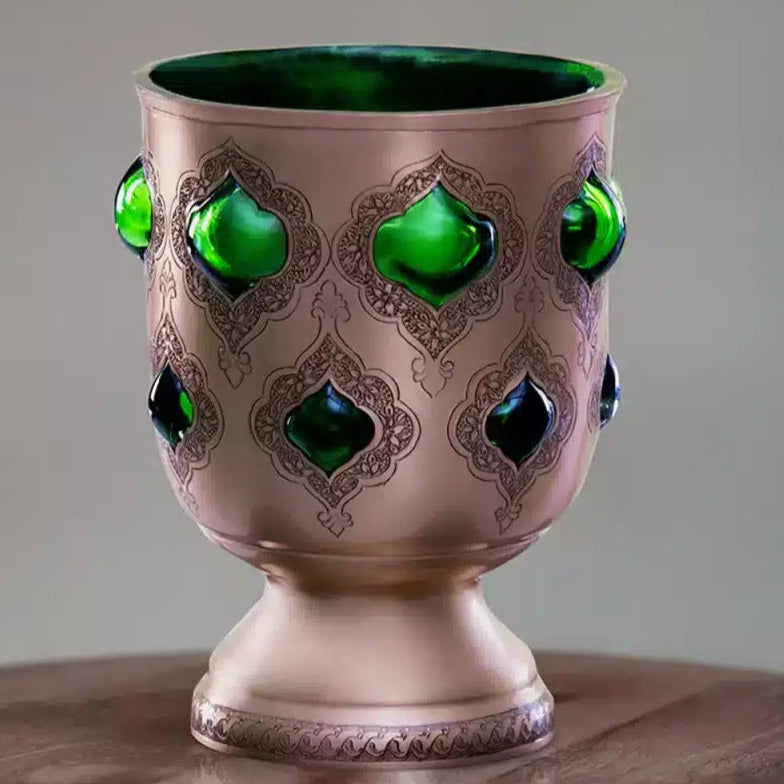
Shisheh-Gari
Metal and Glass Fusion
Artisans hand-blow small glass inlays and set them into prepared recesses on engraved copper, creating lively, light-catching accents on our candy bowls.
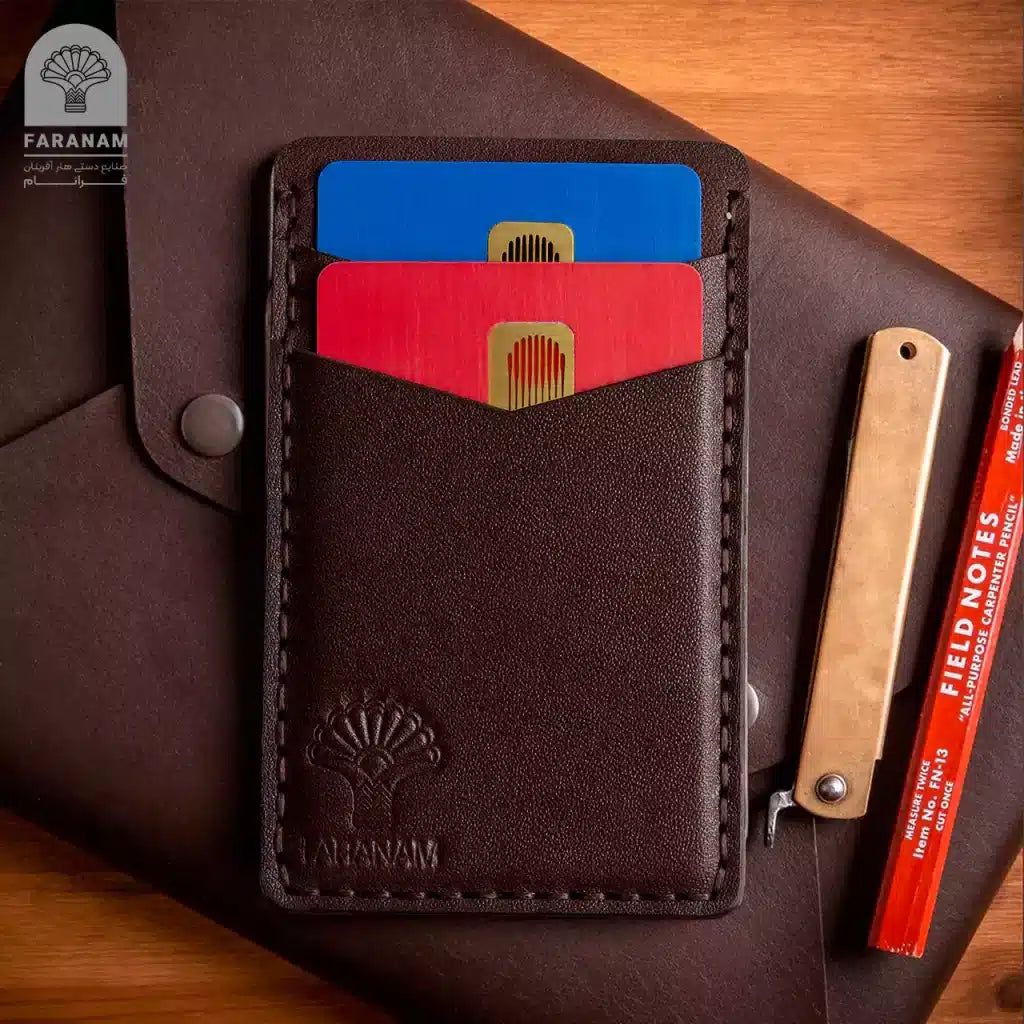
Ostrich & Cowhide
Leathercraft
Hand-selected ostrich leather and cowhide are hand-stitched for long wear. Choose from slim card holders, 3-fold (trifold) wallets with up to 12-card capacity, keychain pouches, and leather placemat sets.
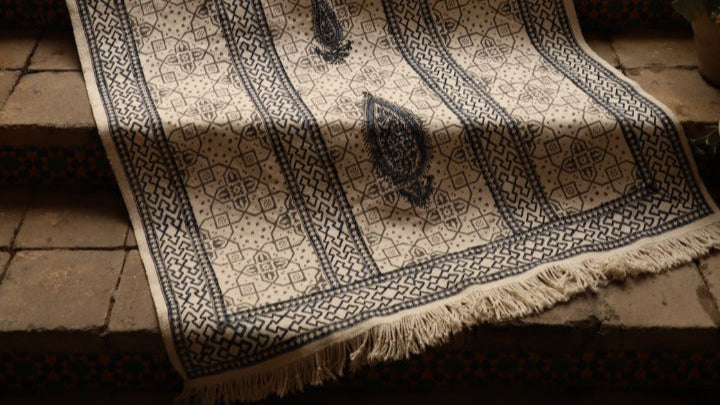
Ziloo Ghalamkar
Heritage Rug Weaving
Persian heritage rugs in breathable 100% cotton, loom-woven for consistency, artisan-finished in Esfahan for character. Fully machine-washable (cold), hypoallergenic, and gift-ready.
